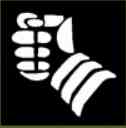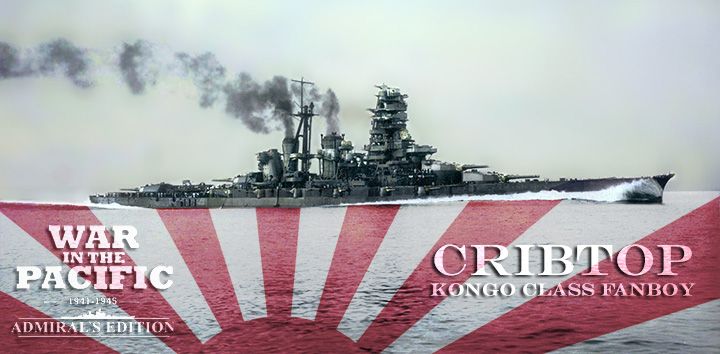alaviner
Posts: 764
Joined: 3/8/2007
From: Blacksburg, Va
Status: offline

|
quote:
ORIGINAL: Lokasenna
quote:
ORIGINAL: leehunt27@bloomberg.net
CRSutton those are great ideas on shifting point values for US & Japanese assets between 1942-1945. It probably won't happen at this point in the product cycle unfortunately, but its something that could be understood between players, or applauded in AAR's on the forums.
As for playing dirty, the Japanese player, as the ultimate "losing" side has to do whatever it takes (as long as its not gamey of course). When a nation (or movement) resorts to suicide attacks, its not winning obviously. But the Japanese are just trying to get to the negotiating table and not the atomic bomb. Harassing attacks, tactics that frustrate the heck out of the Allied player, well that's kind of your job towards the end. The US navy's experience at Okinawa, under relentless Kamikaze attack, was absolutely terrifying and enough to make the Admirals not want to embark on Operation Olympic, the final invasion of Japan itself. And arguably that kamikaze offensive was poorly managed.
Fortunately there's a lot of room for improvement by Japanese players! Check out these stats below:
According to John Costello's The Pacific War 1941-1945, and I guess this excludes Pearl Harbor, major warship losses in the Pacific theater were:
US Navy: 2 BB's 5 CV's, 6 CVE's, 10 cruisers
Royal Navy: 1 BB, 1 BC, 1 CV, 6 cruisers
Japanese navy: 10 BB's, 15 CV's, 5 CVE's, 36 cruisers
The US didn't lose any BBs in the Pacific after Pearl Harbor. Unless I live in some kind of alternate universe. Also not sure the IJN count is accurate (maybe it's not counting Mutsu?).
They probably did not count the BBs that were raised and repaired after Pearl
_____________________________

|
 Printable Version
Printable Version






















 New Messages
New Messages No New Messages
No New Messages Hot Topic w/ New Messages
Hot Topic w/ New Messages Hot Topic w/o New Messages
Hot Topic w/o New Messages Locked w/ New Messages
Locked w/ New Messages Locked w/o New Messages
Locked w/o New Messages Post New Thread
Post New Thread